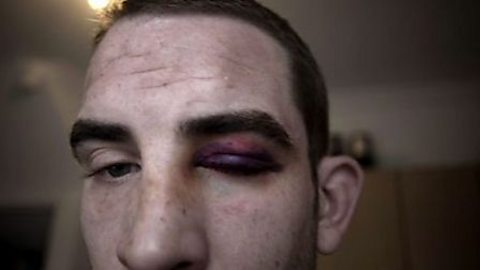It is the incredible flexibility of the human brain which enables you to respond to almost anything that happens to you. But what you think you're seeing is really what your brain is interpreting. It's an image that your brain constructs from the nerve impulses it gets when light hits receptors in the retina. Your brain makes sense of those signals and assembles a picture of the world around you. The actual picture on your retina is upside down, but your brain is clever enough to turn this the right way up.
One man's brain has done something even more spectacular.
"I started going blind about ten years old."
Erik Weihenmayer's brain is 40 years old. It lost contact with the visual world 25 years ago.
"Every week I would wake up with different levels of vision because my retinas were splitting away from my eyes. And over a matter of four or five years, I was totally blind."
Ever since, his brain has got used to being in the dark. Today, Erik and his co-climber, Greg Childs, are in Utah. They're about to attempt the formidable Castleton Rock. It's a hard technical climb. It's Erik's first attempt to climb here, and his brain is about to regain a sense of sight with a new piece of technology.
This is the brain port device. This is the camera on these sunglasses here. The camera sends a feed to a computer on Erik's hip, which translates the images into a low-resolution picture of the world. This blocky image is then sent to one of the most sensitive parts of Erik's body… his tongue. Via a device he puts in his mouth, on the surface are hundreds of tiny electrical stimulators. When the camera sees an outline, a corresponding line of stimulators buzz away, tickling Erik's tongue.
"I can feel each dot and together they create lines and shapes and ultimately images that my brain then reinterprets as the space around me."
Decades after he lost his sight, the visual part of Erik's brain is reawakening. Erik's brain has found a way to connect his mind's eye and his tongue. Instead of receiving nerve impulses from his dead retina, his brain's learning to build up a picture of the world based on nerve impulses from his tongue.
"Is that sight? Well, kind of, you know, because I think seeing is more in your brain than in your eyes."
In rock climbing, most of the risk is taken by the lead climber. Erik is feeling so confident with the brainport device that he makes a dramatic decision to lead the final push.
"You pop over this lip and it's completely flat and the wind just gusts in your face and you're up there on this flat tower 1,000 feet above the desert floor. "
"That was good, thanks."
"This is totally beautiful up here."
Erik is living proof of the brain's astonishing ability to remould itself and respond to any challenge you throw at it.
Video summary
This short film looks at how humans perceive the world and how our brain creates an image of what is around us. A real-life example of a blind climber who uses his tongue to see is shown.
How does your brain create an image of what is around you?
Combining 3D CGI graphics with a real life story, this short film questions what 'sight' really is and where it happens.
What we see is a picture created by our brain based on nerve impulses from our eye.
The story unfolds to show a man who has been blind for 25 years who can now 'see' well enough to climb.
This is a result of a new piece of technology that turns electrical data from a camera into impulses sensed by his tongue.
Using this bit of kit, we seem him climbing and playing with his children.
This short film is from the BBC series, Inside the Human Body.
Teacher Notes
Students could use this short film to explore the role of the brain in sight.
It could be used to stimulate class discussion as well as talking about the way the nervous system can adapt.
It is also a great example of 'how science works', putting the technology development in context.
This short film will be relevant for teaching biology at KS3 and KS4/GCSE in England, Wales and Northern Ireland and National 4/5 in Scotland. Appears in AQA, OCR, EDEXCEL, CCEA, WJEC, SQA
Human circulation. video
This short film takes us on a journey around the circulatory system using the example of a baby's first breath.
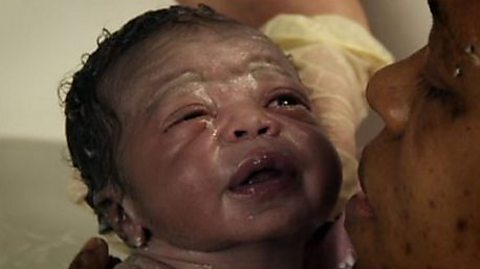
Human circulatory and digestive system. video
This short film offers a look at respiration and a tour around the circulatory system and digestive system in the human body, through blood vessels and into mitochondria.
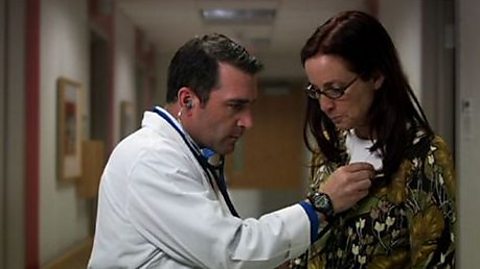
Human fertilisation. video
This short film uses CGI footage to help give a visual description of the process of human fertilisation, following the journey of both sperm and egg.
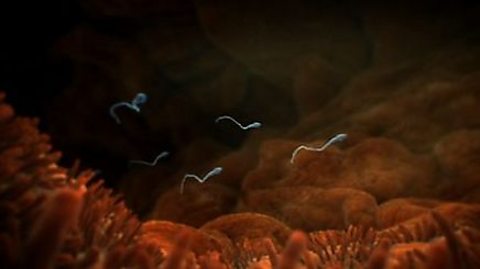
Human immunity and defence. video
Using CGI, this short film gives students a look at the inner workings of the immune system, focusing particularly on how the body fights off viruses.
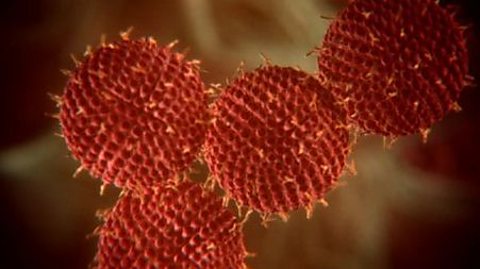
Pregnancy and multiple births. video
From a single fertilised cell to a fully grown baby, this short film mixes CGI with real-life images to paint a picture of how we develop inside the womb.
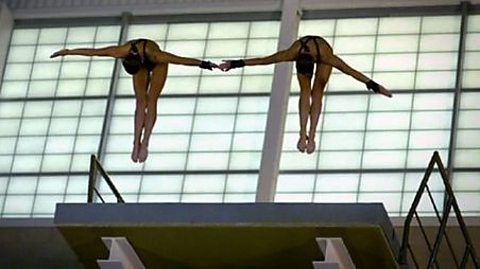
Skin - defend and protect. video
This short film provides a close-up look under your skin, focusing on two key functions of the skin - protecting the body from pathogens, and stopping the body from drying out.

Skin and sweating. video
This short film combines CGI images with a real life story about a fire-fighter to show how the body manages to control temperature by sweating.
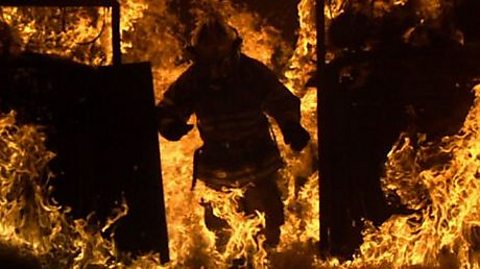
The human ear. video
This short film provides a journey into the ear, looking at hearing and balance, plus a real-life example of how the ear helps us to walk.
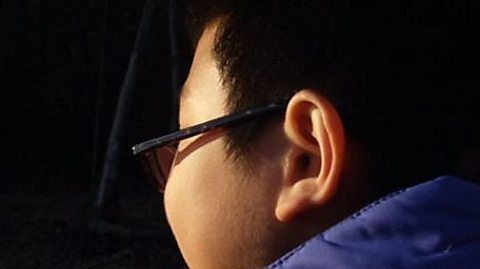
The human eye. video
This short film offers a depiction of the inner workings of the human eye by combining CGI with a real life story of divers who can see clearly underwater.
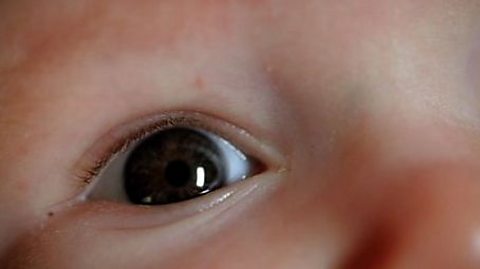
The human heart. video
This short film uses 3D CGI images to show the movement of blood through the chambers of the heart and also the pacemaker cells.
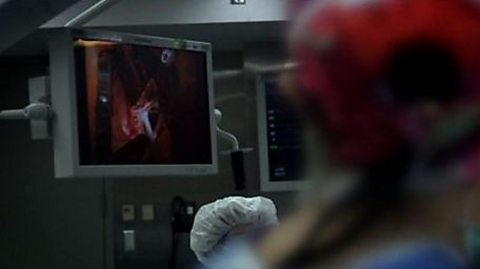
How humans heal themselves. video
This short film offers a look at how the body heals itself. Combining CGI scenes with real life action in the boxing ring, it follows the progress of a boxer's black eye.
